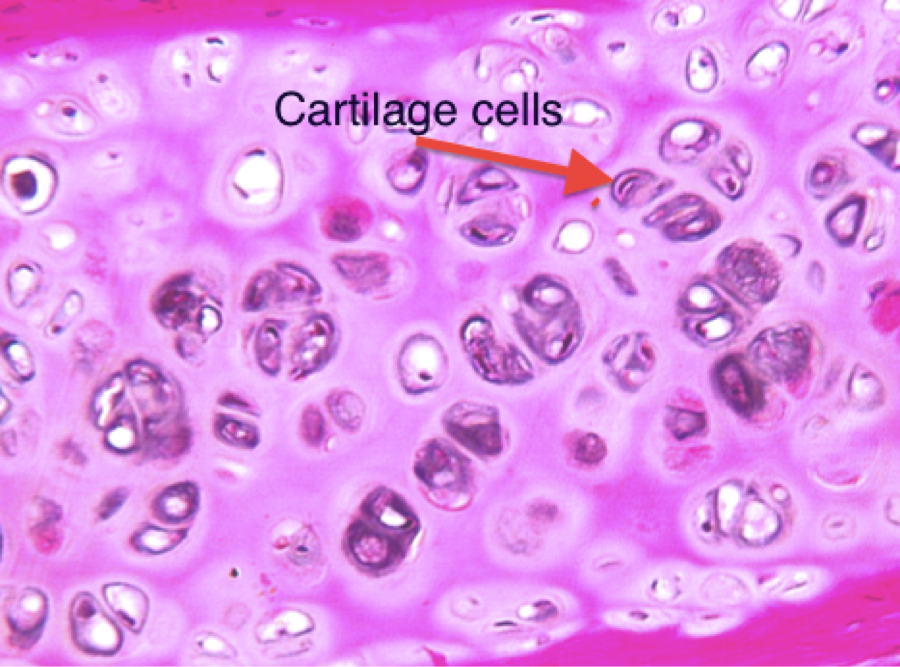In a 2-year clinical trial, researchers from the Bioresearch Foundation of Milan, Italy, studied and treated 93 patients with advancing osteoarthritis pain of one or both knees who were otherwise candidates for arthroscopic surgery. Then, instead of surgery, they treated all the patients (119 knees) with a course of 3 monthly injections of PRP. After 12 months, 50 patients were then randomly assigned to receive a second cycle of 3 PRP injections.
All of the patients measured significant improvement in all pain, mobility and disability scores that lasted throughout the 24-month study period.
Patients who had repeat injections at 12 months experienced significantly more improvement than those who only had 3 initial monthly injections. Outcomes were measured and recorded prior to the first injections and then repeated at 12, 18, and 24 months using the Knee Injury and Osteoarthritis Outcome Score (KOOS), Visual Analogue Scale (VAS), and the Tegner and Marx scoring system.
PRP is a promising treatment in the early stages of osteoarthritis and a potential means of delaying or avoiding altogether a metal resurfacing procedure.
Intra-articular injection of PRP has many advantages over other currently available treatments for osteoarthritis of the knees, including Hyaluronic acid, physical therapy, steroid injections, and arthroscopic surgery. The authors write that PRP delivers a concentrated autologous plasma, rich in large pool growth factors (GF) and proteins stored in alpha granules of platelets. These growth factors and proteins have been shown to stimulate cartilage repair and replace damaged cartilage. Moreover, platelets have been identified to have pain relieving, analgesic effects by releasing protease-activated receptor-4 peptides. Regeneration of cartilage is also facilitated by the concentrated fibrin, which provides a matrix, or scaffolding during the healing process.
The authors go on to write “PRP is a promising treatment in the early stages of osteoarthritis and a potential means of delaying or avoiding altogether a metal resurfacing procedure.”
Another treatment that provides even greater rates of response is adipose-derived stem cell injections into the knee. With this treatment, the patient’s own stem cells are mixed with PRP, providing a synergy that enhances the benefits of both stem cells and PRP on cartilage regeneration.
Dr. Noel Peterson, ND, DAAPM, is the Medical Director of Oregon Regenerative Medicine, and has practiced naturopathic medicine in Lake Oswego, OR, since 1978. He specializes in natural and regenerative cellular medicine, including Prolotherapy, PRP (Platelet Rich Plasma), and Autologous Stem Cell therapy. Peterson has taught prolotherapy nationally and internationally. In 2019, the Oregon Association of Naturopathic Physicians (OANP) and National University of Natural Medicine (NUNM) selected Dr. Peterson to be honored with naturopathic medicine’s prestigious Living Legend Award.
Source:
“Effects of repeated intra-articular PRP injections on clinical outcomes of early osteoarthritis of the knee”. Knee Surgery, Sports Traumatology and Arthroscopy, Alberto Gobbi, D Lad, G Karnatzikos. O.A.S.I. Bioresearch Foundation, Milan, Italy, Published October 2013.



